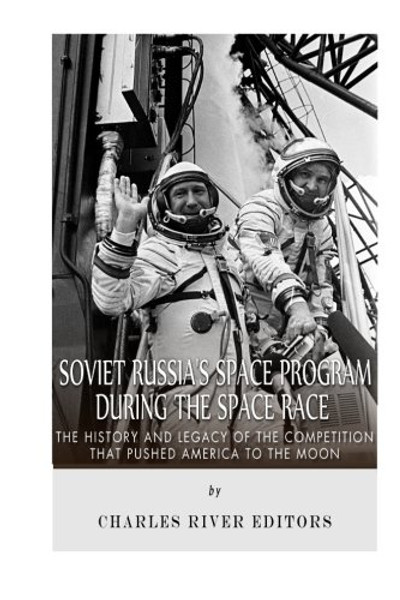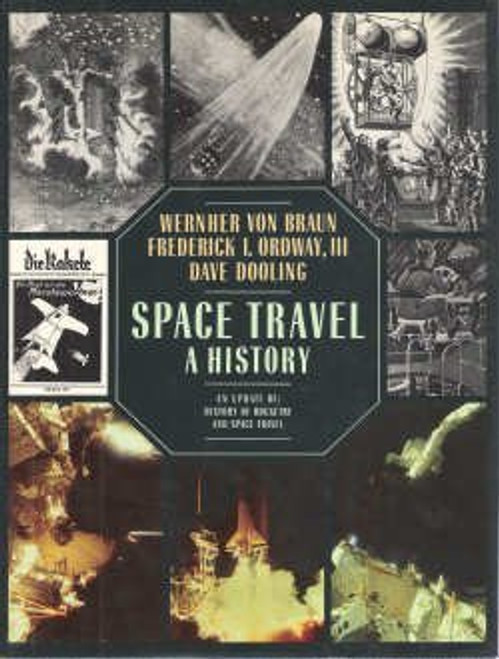Product Overview
*Includes pictures *Profiles the various space missions the Soviets conducted during the 1950s and 1960s *Includes footnotes, online resources and a bibliography for further reading *Includes a table of contents This is Moscow This is Moscow calling On the 12th of April, the Soviet Union orbited a spaceship around the Earth with a man on board The astronaut is a Soviet citizen: Major Gagarin, Yuri Alekseyevich The World's first cosmonaut The first to open the door into the unknown The first to step over the threshold of our homeland The whole planet knew him and loved him Of all the goals the Bolshevik Revolution aimed to bring about, perhaps nowhere were Russian promises delivered on more than in the success of the Soviet Space program of the 1950s and 1960s. As a result of Russian innovation and technology, but also due to incredible drive to modernize and compete with the United States for world power, Russia was finally and triumphantly modernized in the eyes of her own people and the world. Neil deGrasse Tyson recognized the Soviet legacy in space in his Space Chronicles, citing the Soviets important measure[s] of space achievement: first spacewalk, longest spacewalk, first woman in space, first docking in space, first space station, longest time logged in space. In fact, the Soviet Union spent much of the 1950s leaving the United States in its dust (and rocket fuel). President Eisenhower and other Americans who could view Soviet rockets in the sky were justifiably worried that Soviet satellites in orbit could soon be spying on them, or, even worse, dropping nuclear bombs on them. Dovetailing off their success developing intercontinental ballistic missiles, the Soviets were the first to make enormous advances in actual space exploration, and on the night of October 4, 1957, the Soviets prepared to launch Object D atop one of its R-7 rockets. As the worlds first ICBMs, R-7 rockets were built primarily to carry nuclear warheads, but Object D was a far different payload. Object D and the R-7 rocket launched from a hastily constructed launch pad, and within minutes it entered orbit. It took that object, now more famously known as Sputnik-1, about 90 minutes to complete its orbit around the Earth, speeding along at 18,000 miles per hour while transmitting a distinct beeping noise by radio. Eventually, the Space Race produced some of the most iconic moments of the 20th century, including the landing of the first men on the Moon, and today, the race is widely viewed poignantly and fondly as a race to the Moon that culminated with Apollo 11 winning the race for the United States. In fact, it encompassed a much broader range of competition between the Soviet Union and the United States that affected everything from military technology to successfully launching satellites that could land on Mars or orbit other planets in the Solar System. Moreover, the notion that America won the Space Race at the end of the 1960s overlooks just how competitive the Space Race actually was in launching people into orbit, as well as the major contributions the Space Race influenced in leading to todays International Space Station and continued space exploration. Soviet Russias Space Program During the Space Race: The History and Legacy of the Competition that Pushed America to the Moon chronicles the history of Russias space development and the competition it fostered. Along with pictures of important people, places, and events, you will learn about the Russian space program like never before, in no time at all.






